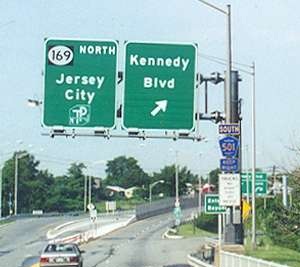New Jersey: A Vibrant State of Progress and Diversity

Introduction
New Jersey, known for its rich history and diverse culture, plays a significant role in the economic and social landscape of the United States. With its strategic location between New York City and Philadelphia, it has become a melting pot of ethnicities, industries, and opportunities. This article explores the current developments in New Jersey, focusing on its economic growth, cultural significance, and the challenges it faces in the modern age.
Economic Growth and Development
In recent years, New Jersey’s economy has shown robust signs of recovery following the impacts of the COVID-19 pandemic. The state has been proactive in attracting businesses in technology, pharmaceuticals, and renewable energy sectors. According to data from the New Jersey Department of Labor, the unemployment rate has dropped to 4.2% as of September 2023, down from 7% in mid-2020. Companies like Amazon and Nvidia have established significant operations in the state, contributing to job creation and economic dynamism.
Cultural Diversity
New Jersey boasts one of the most diverse populations in the United States. With over 20% of its residents identifying as foreign-born, the state is home to numerous cultural festivals and events celebrating its multicultural heritage. From the vibrant food scenes in cities like Newark and Jersey City to the annual festivals celebrating Italian, Indian, and Hispanic cultures, New Jersey offers a unique blend of traditions.
Education and Infrastructure
Education remains a pivotal area of focus within New Jersey. The state invests significantly in public education, with recent initiatives aimed at enhancing K-12 education standards and expanding access to higher education. Moreover, infrastructure improvements, including upgrades to the public transportation system and road networks, are underway, facilitating better connectivity and contributing to the state’s overall growth.
Challenges Ahead
Despite its many successes, New Jersey faces challenges such as high property taxes and the need for equitable economic development across its regions. Policymakers are currently addressing these issues through various reform initiatives aimed at improving the quality of life for all residents. Additionally, the state continues to grapple with environmental concerns, particularly in urban areas where pollution levels can be high.
Conclusion
New Jersey stands as a testament to resilience and innovation in the face of challenges. Its ongoing economic growth, rich cultural fabric, and commitment to education illustrate the state’s potential for a bright future. As New Jersey continues to evolve, both residents and policymakers will need to work collaboratively to ensure sustainable development and address pressing issues. The future of New Jersey appears promising, and its role as a key player in the national landscape will only grow stronger in the coming years.








